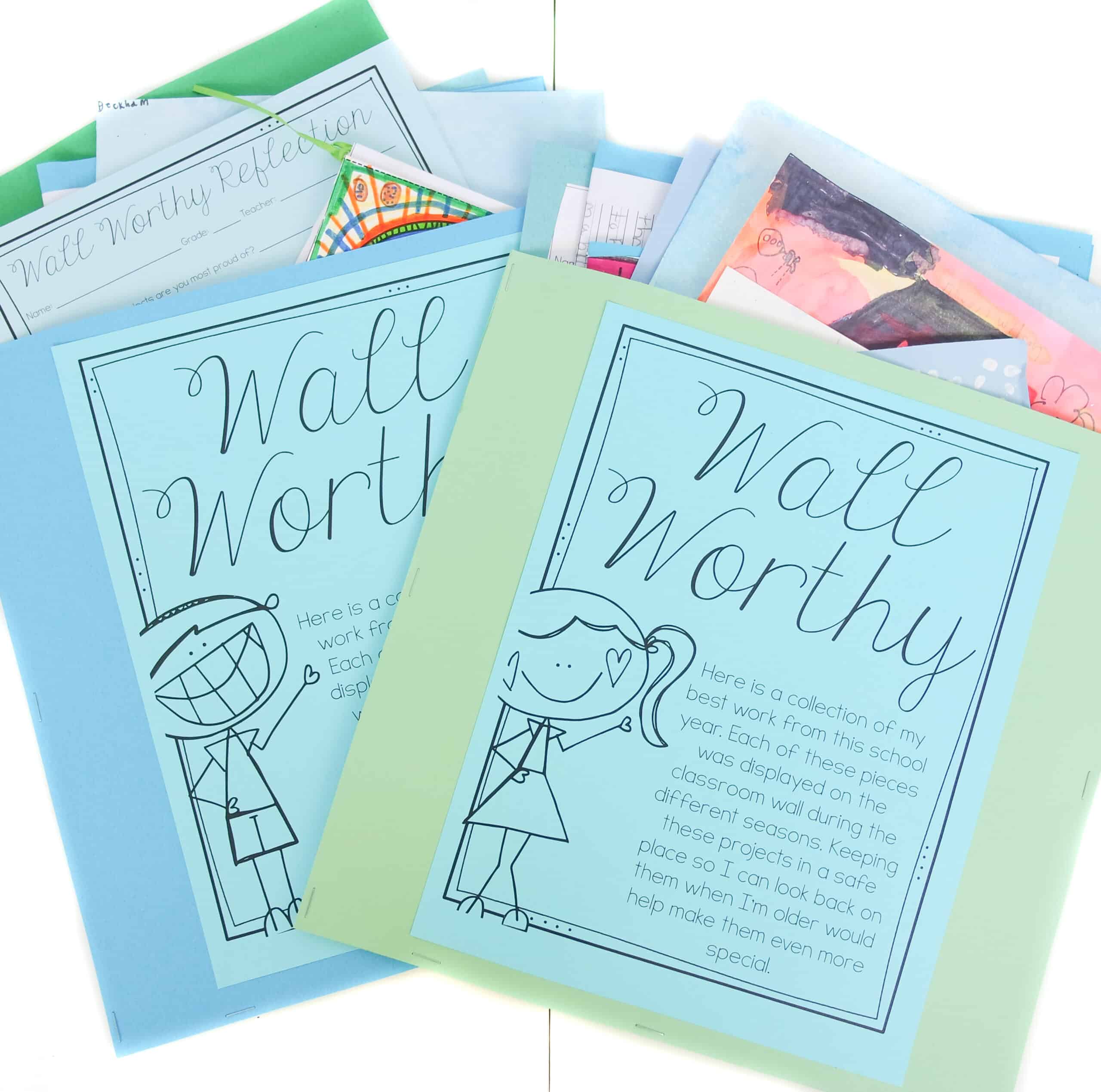
We have reached the final week of our Math Workshop Q&A Series. This week I’ve gathered the most commonly-asked questions I receive about the Hands-On Rotation of Math Workshop.
Here’s a refresher on the question categories I’ve shared each week during this blog post series:
If you’re just joining us and want to catch up on the previous posts or if you prefer to see all the questions in one place, I’ll send you a PDF with the full collection of questions from this series. Simply click here to let me know you’re interested. Let’s jump into our final question category: Hands-On Rotation (Math Games).
The math games provided by any curriculum I’ve taught with were making me crazy because they were either too confusing for students to play independently, or they were too simple and students grew bored quickly.
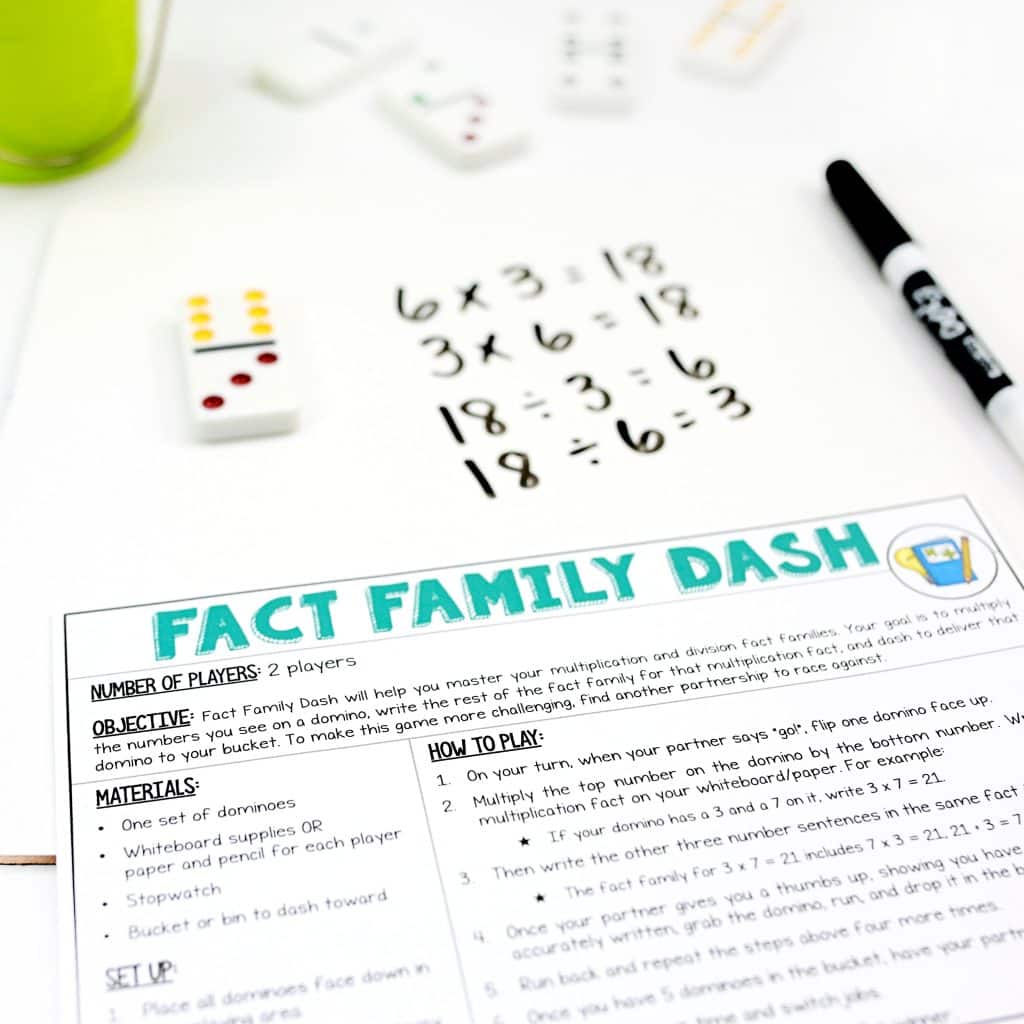
I designed my own collection of hands-on games that are designed to promote student independence and self-directed learning. The format of each game card includes a consistent easy-to-read layout that gives students every detail they need to play successfully. The games are also super low-prep and use common math manipulatives like dice, timers, counters, rulers, and whiteboards.
Each of the games in this collection includes suggestions for a more challenging version of the game, making it easy to differentiate and meet the wide variety of needs in your classroom. Games for every math unit in grades 2, 3, and 4 are included in my shop.
Math games are always introduced through a routine I call Math Game Monday. This is a 15-minute chunk of time in our schedule on Monday when new math games are introduced. Some weeks, only one new game is shared, but during other weeks, we have enough time for two new games.
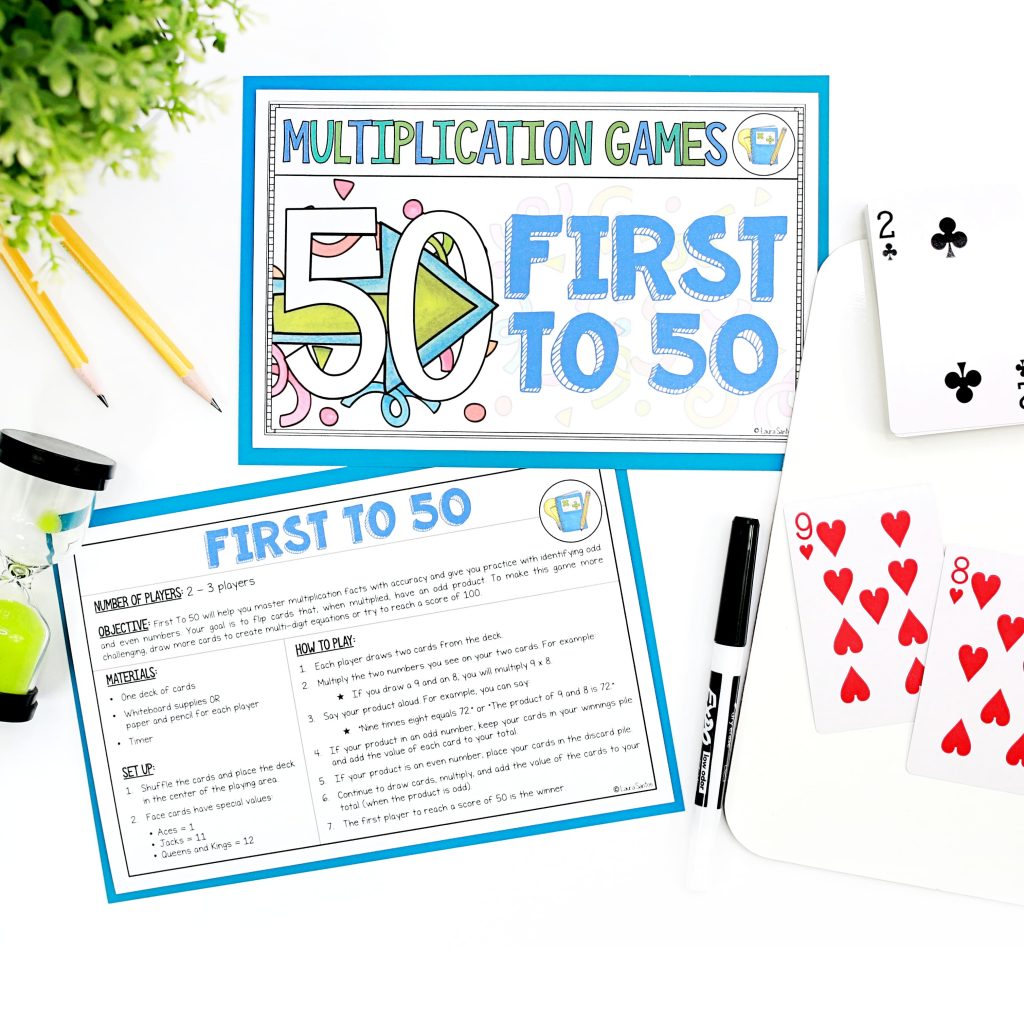
We begin by setting up a fishbowl. All the students sit, kneel, or stand in a circle around a big open playing space, where I model how to play the game with student volunteers. When doing this in my classroom, I model the following steps while thinking and reading aloud.
Math Game Monday takes place for 15 minutes right before lunch on Mondays. Every other day of the week, this is the time when we do word work/word study, but Monday is the day I introduce students to their new words during Reading Workshop so we don’t have a separate word work time on Mondays.
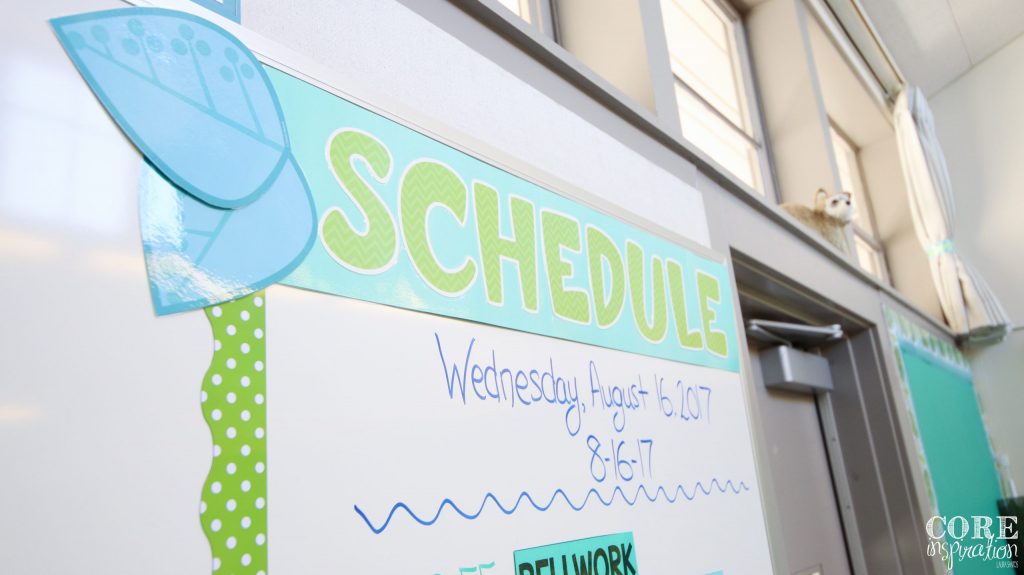
The majority of my hands-on games are designed to be played with a partner, but some are single-player or small group games. The reason for this is to provide students more opportunities to talk about math while they play so they have both a tactile and auditory interaction with the concepts they’re practicing.
I haven’t run into that problem with these games. In fact, that is a huge reason why I started creating them – the games that came with our curriculum were very boring and everything I was finding online required way too much cutting and prep work. I wanted something simple and highly-engaging.
When they aren’t being used, I store them in my unit bins.
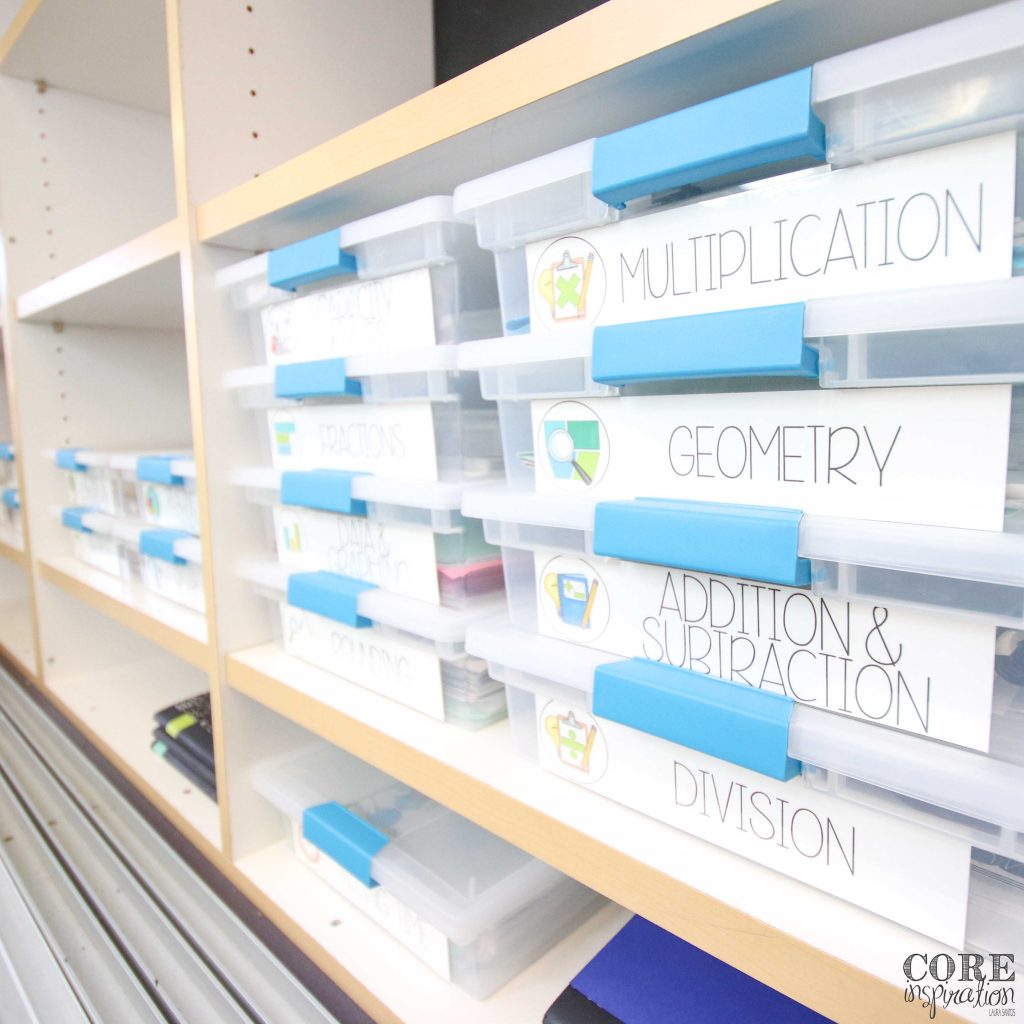
When they are part of our current rotation, I store them in Ikea Trofast drawers. The blog post linked here has many other tips for organizing math games. 🙂
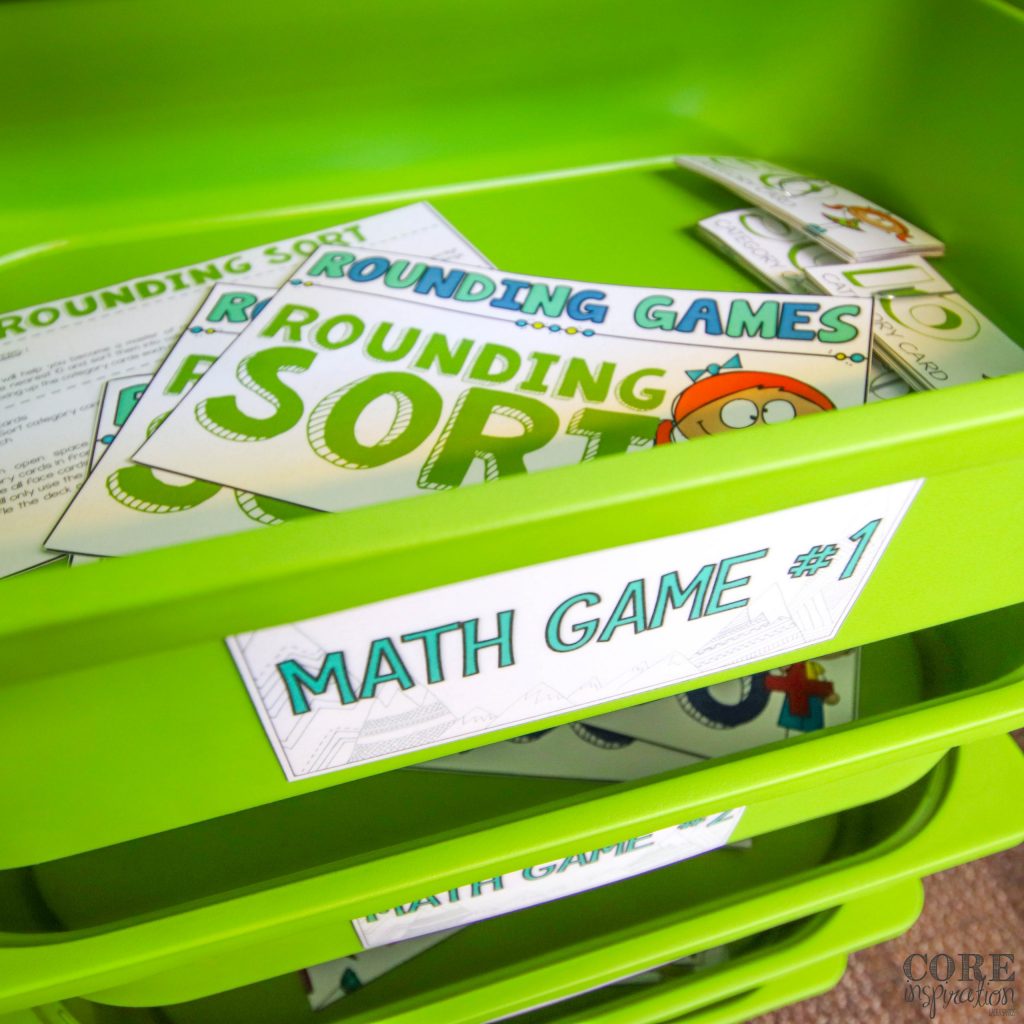
There you have it! All these questions are from motivated teachers like you who are working hard to implement a Math Workshop framework that makes math differentiation more manageable.
If you’re anything like me, reading a list of questions always sparks a few new questions, so feel free to drop those in the comments below. 🙂
Interested in the resources featured in this blog post for your own classroom? Click the links below to hop over to my store.

I’ve been an elementary teacher for ten years, and love sharing tips and resources that make differentiated learning more manageable for you. Thank you for visiting.
Learn More
Dropping by with weekly tips, classroom strategies, and free content created with you in mind.
Join me and other 2nd through 4th grade educators in the Teaching with Core Inspiration Facebook Group. This is a place to collaborate, ask questions, and learn how teachers like you are using Core Inspiration resources in their classrooms. Hope to see you there!
© 2024 Core Inspiration ∙ Website by KristenDoyle.co